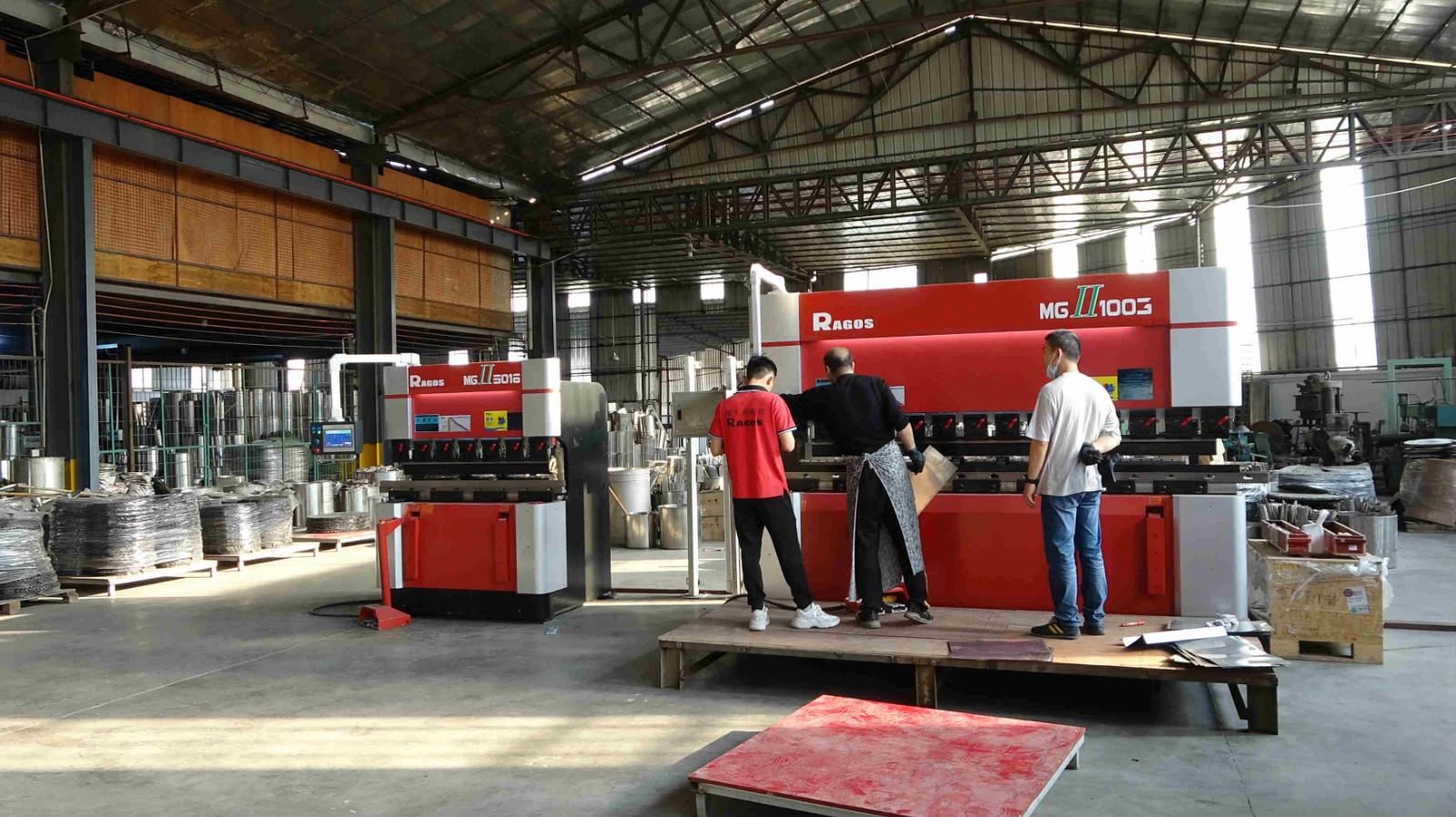Metal bending is a process by which metal can be deformed when applying force to the subject, which causes it to bend at an angle and form the anticipated shape, which often results in it being in a ‘V’ or a ‘U’ shape.
A press brake is a tool used in order to bend sheet metal and uses a punch and die to do this. Although press braking may seem straight forward, it can be quite difficult to remain accurate throughout the process. There are several types of press brakes which deliver different levels of force applied, such as mechanical, pneumatic, hydraulic and CNC to name a few examples.
Mechanical
Due to this press brakes design, it isn’t a suitable option for air bending. The two major benefits of a mechanical press brake are speed and accuracy, however other press brakes are safer and easier to use, such as the CNC press brakes.
Pneumatic
A compressor is used to supply air power for bending the metal sheets. This type of press brake is often used when less pressure is needed. A pneumatic press brake is also best used for bending small parts of metal.
Hydraulic
Hydraulic press brakes often have the latest technology incorporated within them and are best used for precise bending of metal sheet, which makes them a popular choice for sheet metal bending dies.
Computer Numerically Controlled (CNC)
RAGOS has so many diffrent CNC press brakes, AG series HG series MG series . These machines produce very accurate result and are able to bed sheet metal work from just a few millimetres across to sections which are metres long on some of the larger machines.
Types of Metal Bending
Air Metal Bending
During this process the work piece comes into contact with the outside edges of the die, as well as the punch tip. The punch is then forced past the top of the die into the V-shaped opening without touching the V.
Air bending is the type of bending where the least amount of contact is made. The equipment only touches the material at 3 points: the punch, tip and the die shoulders. Seen as though the tonnage doesn’t produce the bend, you don’t need as much as you would do when using the coining method.
Air bending is the most widely used type of metal bending and it’s not difficult to see why, as there are many advantages to this technique. Because the punch tip doesn’t need to be pushed past the surface of the metal, much less weight is required to bend in comparison to bottom bending and coining.
Bottom Metal Bending
The difference between air bending and bottom bending is that there is a difference in radius between the two. It differs from coining as the punch and the tie don’t make full contact with the material, and there isn’t enough tonnage to make an imprint into the metal.
Bottom bending has many advantages, such as greater accuracy and less spring back when using the tooling, which makes it a safer option when considering metal bending techniques.
Coining Metal Bending
Coining is a bending process in which the punch and the work piece bottom on the die. This produces a controlled angle, which leads to little spring back. There is more tonnage required on this type of bending than in air bending and bottom bending.
Advantages of coining are that, in order to produce outstanding results, accuracy is essential and that is exactly what the coining method can provide. Along with being accurate, repeating the results is also an easy task when it comes to using this technique. Spring back is also less common when using coining, meaning that the metal is less likely to return to its original state.

Copyright © 2025 Foshan Ragos NC Equipment co.,LTD. (panel bender) | All Rights Reserved
We are here to help you! If you close the chatbox, you will automatically receive a response from us via e-mail. Please be sure to leave your contact details so that we can better assist you.